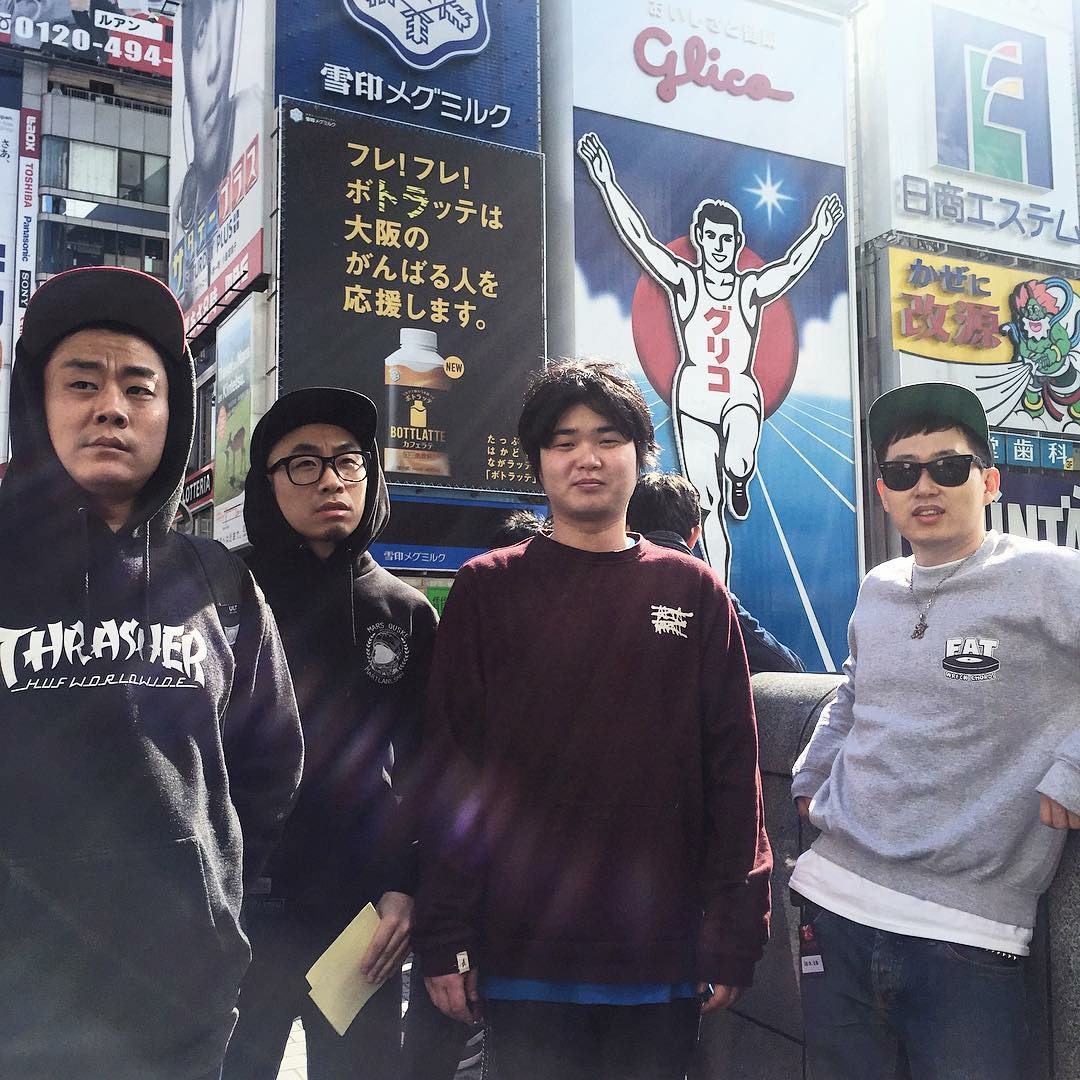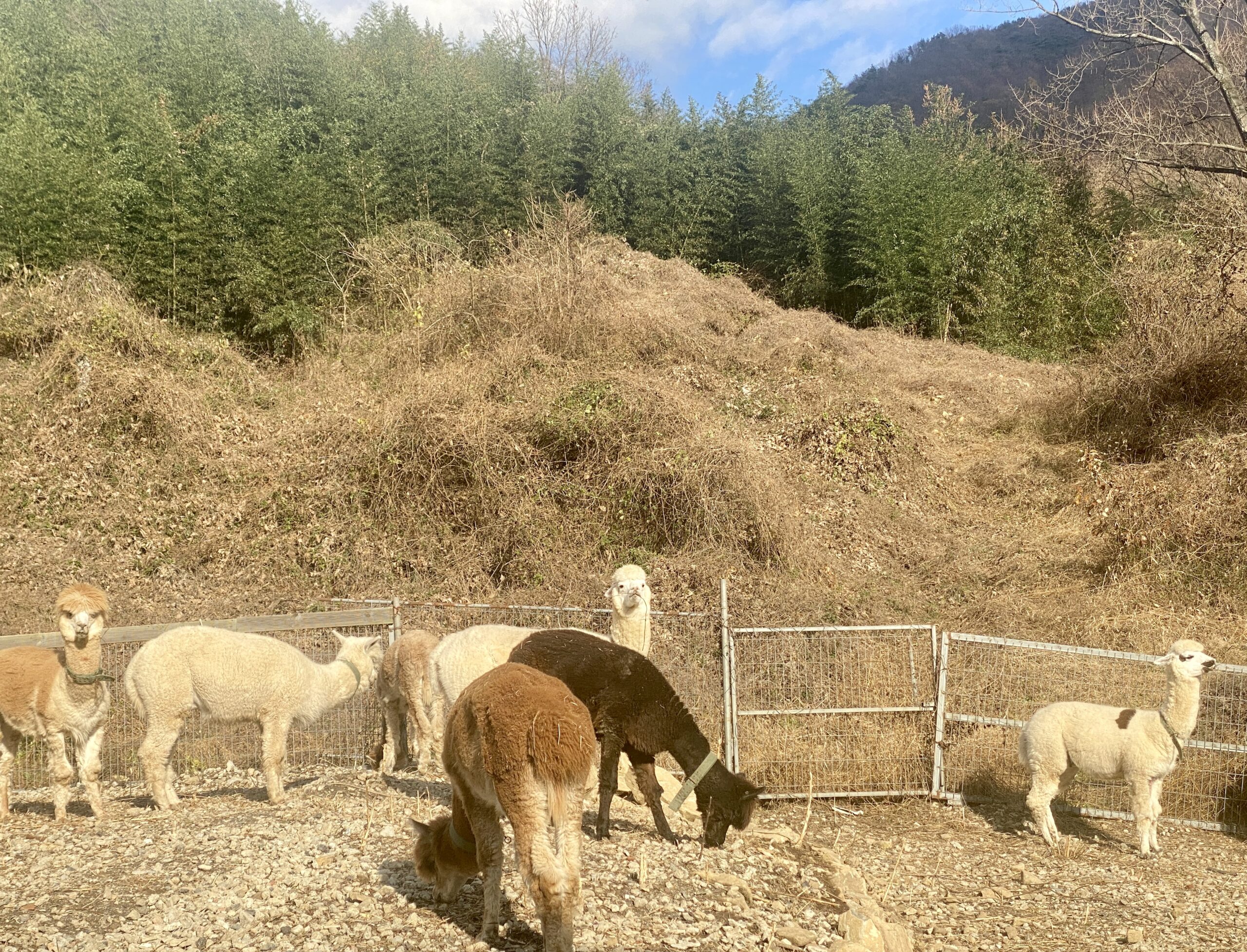Gwangju Becomes a Creative City
On December 1 in Paris, UNESCO Director-General Irina Bokova designated two Korean cities to join the UNESCO Creative Cities Network: Busan in the field of Film and Gwangju in the field of Media Arts. They join 28 other new additions for a total of 69 cities worldwide that have joined the network since its founding in 2004. The Creative Cities work for international cooperation in sustainable urban development, social inclusion and cultural diversity in seven areas: Craft and Folk Arts, Design, Film, Gastronomy, Literature, Media Arts and Music.
Gwangju’s application to join the network was submitted by the Gwangju Media Art Creative Citizen’s Forum, an organization started within the past two years. Engaging local artists, NGOs, researchers, entrepreneurs and other like-minded people, the forum has sought to gain higher recognition for Gwangju as a city of culture.
Ryu Jae Han, a Chonnam University professor of French Language and Literature, is the newly appointed head of the Creative Citizen’s Forum. His colleague Doctor Cho Huntz, professor of English Language and Literature, is the head member of the forum’s International Business Committee.
Doctor Ryu calls Gwangju’s media art “an art of bibimbap” that combines many elements, including Gwangju’s “three lights” of artistic tradition, human rights and high tech science and technology. Ryu said that the word “bibimbap” as a concept for describing cooperation within media art was accepted at this past September’s eighth annual UNESCO Creative Cities Network summit in Chengdu, China.
According to him, Gwangju as a Creative City can forge “a liaison between youth education and digital art as well as a liaison between digital art and the creative industry.,, If [students] have opportunities, they will be motivated.”
The attraction of media art also serves to bring increased development to an economic region historically neglected. On December 3 President Park Geun Hye visited Gwangju’s Kim Dae Jung Convention Center, where local media artist Jin Si-young unveiled a work called a “soul art car.” The president was reportedly impressed enough to desire “building one million soul art cars.”
Ryu is also chief executive of the Asia Culture Forum, held annually since 2006 and hosted by Chonnam University for the first time in 2014. Next year, the Creative Citizen’s Forum hopes to invite local Creative City partners Seoul, Busan, Icheon and Jeonju to the ACF before coming together for the 2015 UNESCO Creative Cities Network Summit.
“Domestic consolidation is the first step and next is going overseas,” Doctor Cho said.
Alongside the East Asia Culture City exchange with China and Japan, the World Human Rights Cities Forum and the Asian Cultural Complex opening in 2015, the UNESCO Creative City designation is set to significantly boost Gwangju’s development in art, industry and urban development.
For more information on the UNESCO Creative Cities Network, please visit: http://www.unesco.org/new/en/culture/themes/creativity/creative-cities-network/
To learn more about the Gwangju Media Art Creative Citizen’s Forum, please visit: http://www.creativegwangju.kr/ (in Korean)




